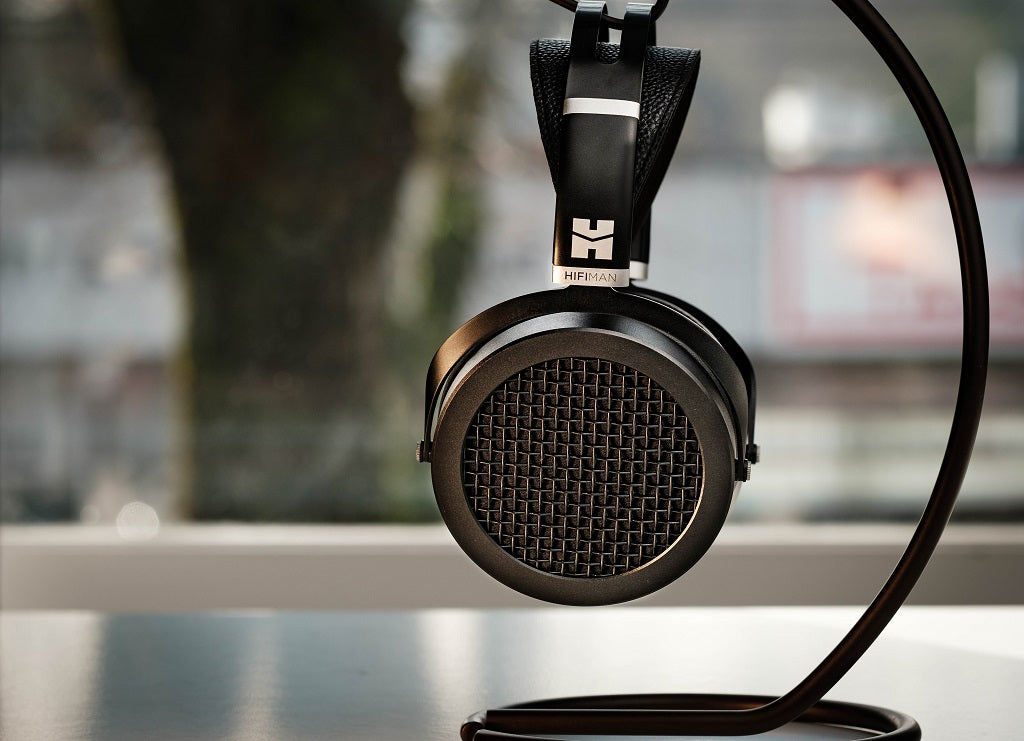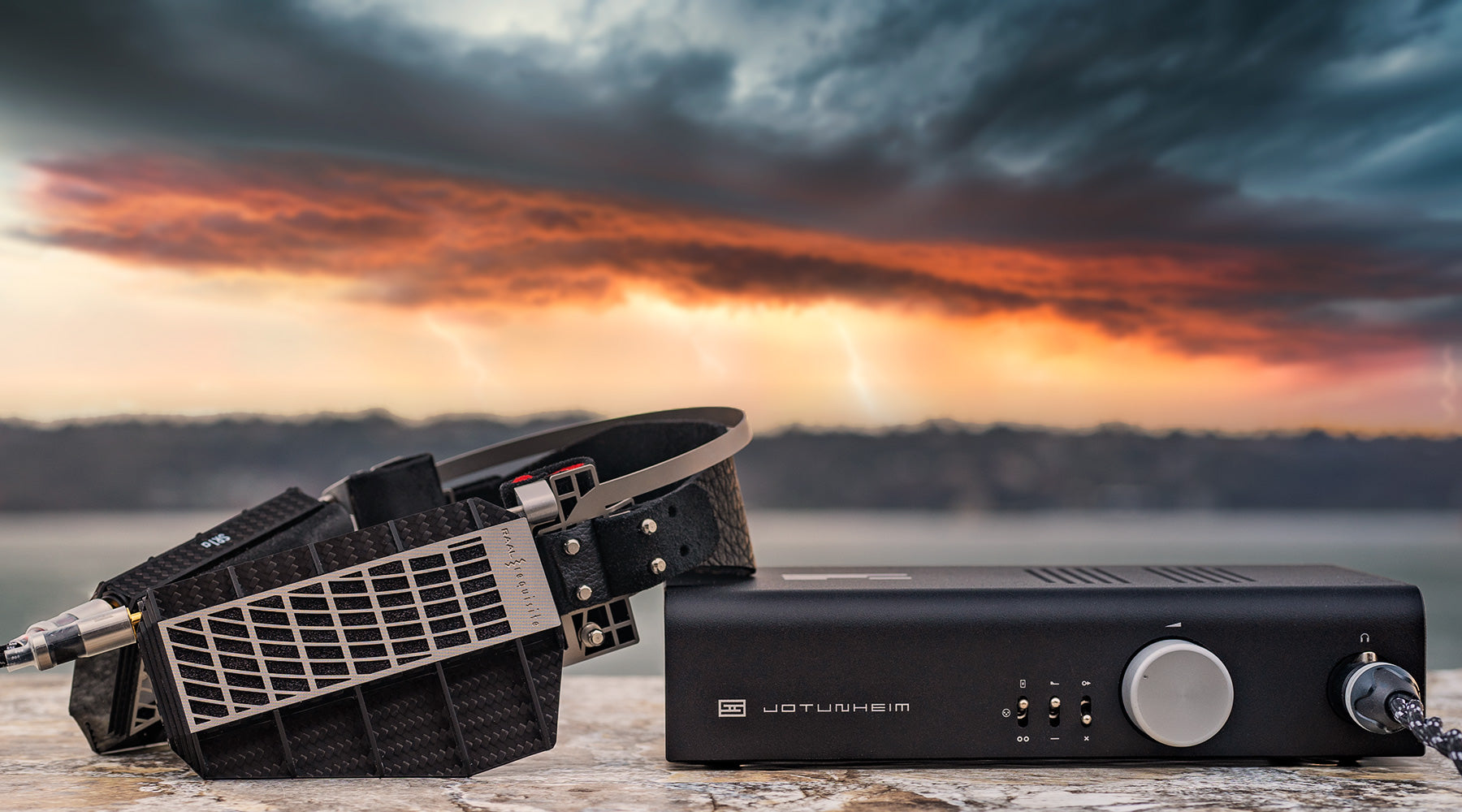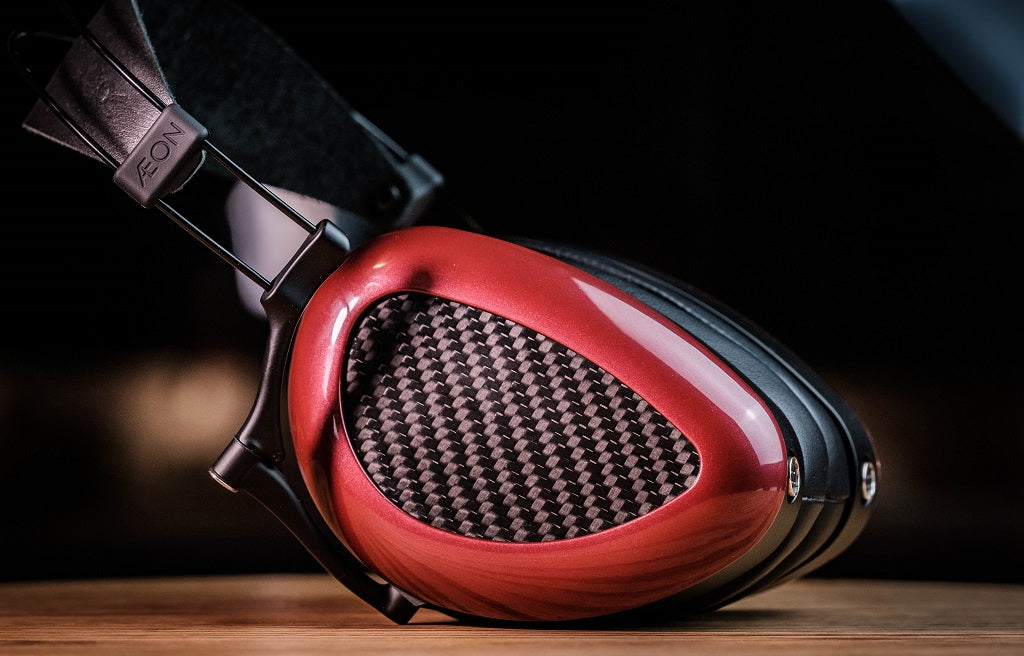Review written by Andrew Park (@Resolve)
Introduction
When I first reviewed the HiFiMAN Sundara mid 2019, I was thoroughly impressed with its performance for the price, and in fact its higher priced siblings the Ananda and Arya were also quite impressive. Over the past several weeks, however, I've heard rumors of the HiFiMAN lineup introducing a number of 'stealth revisions'. These are small tweaks or changes to the headphone after release that don't warrant any public changes to the product line, such as a 'version 2.0'. In many cases, these revisions occur due to changes in the manufacturing process - maybe there's a way to produce the headphone more cost effectively, or maybe to improve reliability long-term. So naturally I had to find out what these changes were, especially since these three products (Sundara, Ananda and Arya) are some of my most recommended headphones at their respective price ranges. This review examines what's changed with the Sundara from the units I had previously reviewed during the summer of 2019.
Review unit provided for evaluation by headphones.com
Specs
- Driver Type: Planar
- Design: Over-Ear (Circumaural)
- Earcup Style: Open-Back
- Sensitivity: 94 dB
- Impedance: 37 Ohms
- Audio Connector: 1/8" / 3.5 mm Straight
- Connector to Earpiece: 2 x 1/8" / 3.5 mm
- Detachable Cable: Yes
- Weight: 13.12 oz / 372 g
- Price: $349
Sources
- iFi Pro iDSD -> Cayin IHA-6 (Balanced)
- iFi Pro iDSD -> iFi iCAN Pro (Balanced)
- iFi Pro iDSD -> SPL Phonitor X (Balanced)
- iBass Dx220 Single Ended Out
Revision Changes
The build and design remain almost identical to what I had previously reviewed. It's the same lightweight planar magnetic headphone that I had come to appreciate, and in many ways this is a simple, yet effective design. Unfortunately HiFiMAN did not introduce any cup swivel to the yokes, which I was really hoping they would. They were able to introduce some swivel for the Ananda-BT, so I see no reason why this couldn't be achieved for the Sundara as well (we'll see if the wired Ananda got it as well). The build quality remains mostly the same, however the side pieces for where you adjust the headband feels quite a bit more sturdy. Last year, HiFiMAN ended up sending me two units for evaluation and this piece was a bit loose on both of them, but for this new unit I'm pleased that it doesn't feel as rickety.

The primary revision (and potentially the only one) has to do with the pads. The outside material feels more flimsy, and the pads are noticeably thinner at the front part of the angle - so where the pad is closest to the cheek. And this might not sound like a good thing, given that they feel less sturdy, but I promise that it is. Not only is the Sundara more comfortable, it also has an even better frequency response as a result (if it is just the pads that were changes).
The pads look similar to the Focus Pads that HiFiMAN have listed on their website, and indeed it looks like the same pad as the ones I used before, with perforations on the inside. But the improvements to comfort, different feel, and changes to frequency response make me suspect that this pad was specifically revised in order to better suit the Sundara, and it's one way of getting around the lack of swivel problem for this headphone. The previous version had significantly more clamp force on my jaw, due to the thicker front part of the pad, and I have no problems at all with this new one - wearing it for most of the day without issue.
Comfort Score: 8.5/10
Performance
The Sundara's technical performance remains the same as I remembered, and that's a very good thing. I had originally called the Sundara a performance benchmark as far as its technical ability for detail retrieval, speed, and dynamics are concerned. This is still true now.
Detail retrieval
For detail retrieval, at the $350 mark, I struggle to think of any headphone that outperforms the Sundara. While the Sundara doesn't perform on the same level as flagship 'kilo-buck' headphones when it comes to structural definition for images or textural nuances, it's categorically superior for image clarity and distinction that anything else within its price range. In fact, the next step up for detail that I can think of would perhaps be the Focal Elex ($600) - when it's available, or HiFiMAN's Ananda.
Score: 9.5/10
Speed & Dynamics
The Sundara is also one of the tightest, most well-controlled headphones available under that same $700 mark. It has all the hallmark qualities of what reviewers mean when they talk about 'planar speed', and this is a good sign for what I assume is a single-sided magnetic array. The older predecessor the HiFiMAN HE500 sounded fantastic, however it was also much heavier, and it seems like HiFiMAN have figured out how to retain detail and speed without the need for massive magnetic arrays (at least for this line).
Additionally, the slam or 'punch' quality for the Sundara is surprisingly good - even better than some thousand dollar planars. While not on the same level as capable dynamic driver headphones like the Focal Clear or Elegia (or some ZMFs), once again at the $350 price tag the Sundara's impact and sense of authority is impressive.
Score: 9.5/10
Soundstage & Imaging
Soundstage is one area where the Sundara doesn't beat the competition as handily. It's still appropriate, and doesn't feel like an "in your head" experience, but it's also not as spacious or speaker-like as something like the Beyerdynamic DT-1990 Pro (or the original DT-880 if memory serves correctly). It's still larger than something like the Sennheiser HD660s, and larger than the Audeze LCD-1, so it's not exactly a weakness for the Sundara, it's just also not its strength.
Thankfully the Sundara's imaging is exceptional, partially aided by good driver matching without any channel imbalance. If I had to characterize the Sundara's image distribution, it would be somewhat like a triangle in front of me. There's good lateral definition, but as the image pans across the front, the transition from left to right is a bit more immediate than something like the Focal Elegia, which I find has a more even distribution across the front. The Sundara's instrument separation is also fantastic, far better than anything else at its price range, and I do correlate this quality somewhat with detail and image clarity.
Score: 8/10
Tonality
These measurements were taken with the MiniDSP EARS rig, using both the HEQ and HPN compensations. This measurement system is not industry standard and should not be compared with other measurements that are.
The original units I reviewed had a bit of bass roll-off around 50hz, and a bit of an upper midrange shout as shown on the following graph:
While I still found the original unit to be pleasant, it wasn't perfect (although treble was still exceptional). The new unit, however, measures considerably better on both compensations.
The following shows how the Sundara measures relative to the HEQ compensation, which is based on the Harman consumer preference curve, and incorporates a bass emphasis around 100hz:

The following measurement uses the HPN compensation, which is more accurate, but doesn't include the bass shelf:

I consider this tonality to be extremely close to my ideal frequency response. Remember that this measurement rig has a coupler artifact at around 4.5khz, and this explains the slight bump there on both graphs. So as we can see, whatever was changed for the 'stealth revision', it has yielded positive results for the tonality.
Once again, at this price, I haven't heard anything that's been able to deliver tonal balance as appropriately as the HiFiMAN Sundara - and in fact the Sundara does better than many headphones that cost thousands of dollars. Suffice it to say that manufacturers need to look at what HiFiMAN have been able to do with the Sundara, and then achieve something at least this good. In some ways, however, it's also understandable that alternative tunings exist, when something like the Sundara - a mid-level headphone, does such an incredible job. It becomes difficult to stand out unless you do something recognizable or iconic (like an 'alternative' tuning). But in my opinion, I'd love to see more headphones (maybe technically more impressive) with a similar tuning to the Sundara, which I consider to be slightly brighter than Harman but with an exceptional tonal balance for music with instruments.
While the Sundara aims for a somewhat analytic, clarity-focused, high resolution sound that I absolutely love for most of my music (jazz, classical and acoustic genres), it's also good as an all-rounder for modern genres now that the bass elevates to the consumer preference curve and extends all the way down to 30hz. This new revision for the Sundara also does better for rock and heavy metal (or anything with electric guitars) than the previous tonality because the new one doesn't suffer the upper midrange shout that could cause guitars to sound a bit shrill.
Score: 9.5/10

Comparisons
Audeze LCD-1
The LCD-1's default tonality is not as agreeable as the Sundara's, sounding somewhat congested around 3khz, and lacking bass energy below 80hz. But with the Reveal+ EQ plugin, the LCD-1 is able to compete. Unfortunately technical performance simply isn't on the same level as the Sundara's, particularly when it comes to instrument separation, stage, and slam qualities. I also find that the Sundara simply has better detail retrieval across the board, although for the upper treble above 10khz, the LCD-1 may actually perform ever so slightly better.
Verum 1
Coming in at a similar price, the Verum 1 has a more spacious and distant presentation, performing quite well throughout most of its frequency response. When it gets to the treble, unfortunately, it becomes clear that the both the Sundara and the LCD-1 have better tonal balance for percussive instruments like cymbals and snare drums. The Verum 1 is also a bit more withdrawn in the upper treble, bordering on a touch of roll-off depending on the pads that get used. I much preferred the leather pads over the suede ones, which I find cause a bit of treble compression around 5khz. The technical performance edge goes to the Sundara, however for soundstage, the Verum 1 is noticeably better. While it's quite a bit larger than the Sundara, I do find the Verum 1 to be a bit more comfortable. I also found the Verum 1 to take a bit more power to drive.
Conclusion
I strongly recommend the HiFiMAN Sundara. This new revision not only makes it more comfortable, it also sounds considerably better than the previous unit I evaluated, which I had already considered to be an excellent sounding headphone. In my opinion, the Sundara should be thought of as the new value benchmark, much like the HD6XX used to be, as it competes with headphones that come in at much higher price tags. Once again, I'm thoroughly impressed, and somewhat shocked at how good this is for the price, and I can't think of anything else I'd rather have within a much wider price margin.
Score: 9/10
Check out the video review here:
- Andrew Park (@Resolve)
---
Join the discussion about closed-back headphones on "The HEADPHONE Community".
---
Buy the HiFiMAN Sundara at headphones.com at the best price, and its the best return-policy available.
---





Leave a comment
All comments are moderated before being published.
This site is protected by hCaptcha and the hCaptcha Privacy Policy and Terms of Service apply.